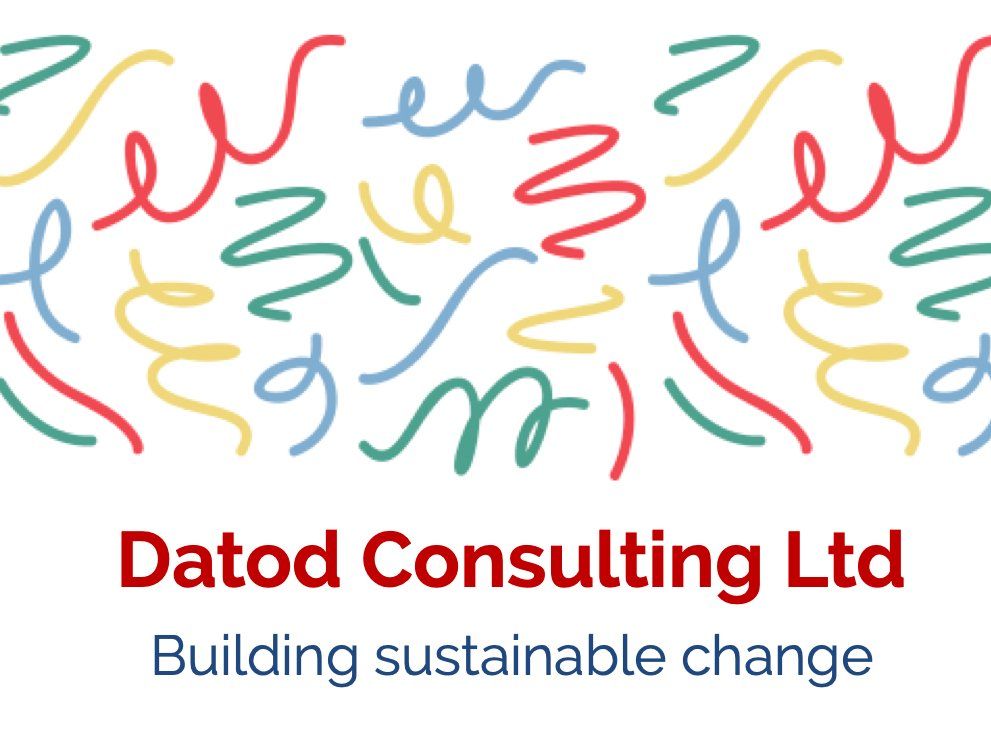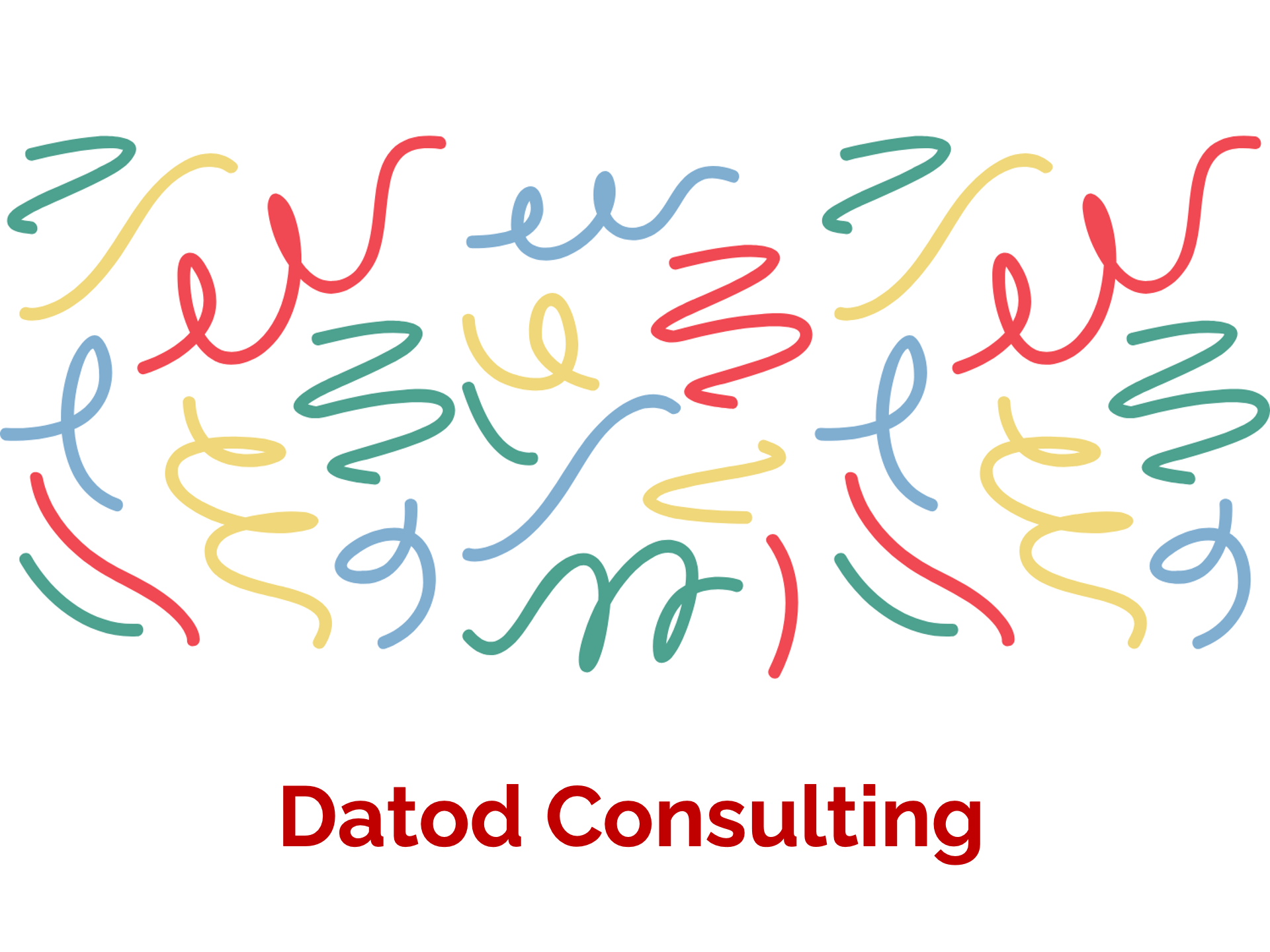Why, why, why.... ? Sadly it's not as simple as that.
One of the most popular and often misused tools in continuous improvement is the “5 Whys”. The tool is based on the perception that if you ask “Why ?”, five times or more, one can drill down to root cause, whose correction will prevent the original issue from ever happening again. Sounds easy doesn’t it ? In practice a whole industry based around root cause investigation has been spawned, focusing on the need to get to root
cause and away from superficial answers.
However, the world is not as simple as this. It does not always behave as expected, putting the tool under the spotlight, questioning whether though simple to use, in practice it is far too simplistic an approach (1).
The example often used to demonstrate its application is the elucidation of why the Washington Monument was deteriorating in the 1990s. This was revealed to be due to pigeon droppings damaging its surface. The birds were attracted to spiders, in turn attracted my midges drawn to streetlights near the monument (2). The fix to the problem was simply turning the streetlights on an hour later, and hay-presto the problem was fixed !
Sadly, the tools panders to the human desire that solutions are simple and we are able to understand the world if only we ask the correct questions. This tool has taken on, at times, almost evangelical use. The “5 Whys” speaks to our desire for unintuitive solutions, solutions we can reveal if we strip away superficial causes using the rigour of the methodology.
Unfortunately, the world does not play ball. It is messy, constantly moving and whilst root causes in hindsight are obvious, prior to the failure they can be completely invisible. Understanding these failures post the event gives us a false sense of security but also no greater power to predict those in the future.
An example on the use of this investigative methodology is the series of errors that resulted in the tragic loss of the Air France Concorde Flight 4590 in 2001, with the death of 114 people. This horrific accident was caused by debris on the runway puncturing the tyre of the aircraft causing the fuel tank to catch fire, with resultant loss of the plane.
Numerous contributing factors have been attributed to the loss of the plane including poor maintenance of the aircraft, overloading and inadequate fuel tank and landing-gear design. In terms of the investigation, the root cause of the tragedy is still disputed, but believed to be a combination of inadequate replacement of an engine part of another aircraft, which subsequently caused the fatal damage and incorrect servicing of the landing gear of the Concorde (3).
This example demonstrates the weakness of the “5 Whys” tool, which are twofold. Firstly, causes of rare events are seldom due to one single cause, but an alignment of improbable events, events that are improbable until they actually happen. Secondly, if you continue drilling down you usually arrive at one area, one we can never fully control ie: people. People design, maintain and service aircraft and people are not infallible. Sadly, in this example any corrective action focused around improving training for the purchase and maintenance of the specific aircraft parts in question may have prevented an identical event happening again, if the whole Concorde fleet had not subsequently been put out of service. It would not have prevented the potential for another equally unlikely disaster from happening, due to its own unique combination of events lining up.
So should we throw tools such as the “5 Whys” into the continuous improvement bin ? Obviously not. But it needs to be used with a high degree of understanding that the world is a myriad of inter-connected events. The consequence of these events from the position of fore-sight are often invisible. Certainly, the tool has value, but any targeted corrective actions arising from its use, ones that are superficial will be worthless unless fixes are broadly applied. The consequences of short-cuts in certain industries can be tragic and highly unpredictable. The use of tools such as the “5 Whys” may give us an illusion of understanding but do not at times help in the complex world that is reality.
(1) Card, A. 2017 The problem with “5 Whys”. British Medical Journal Qual Saf. 26: 671-677
(2) Gross, JA. 2014 5 Whys Folklore: The Truth Behind a Monumental Mystery. The KaiZone, http://www.webcitation.org/6jHDZM1Gc
(3) Rose D. 2001 Doomed: The Real Story of Flight 4590. https://www.theguardian.com/world/2001/may/13/davidrose.focus
©Datod Consulting (2019)

